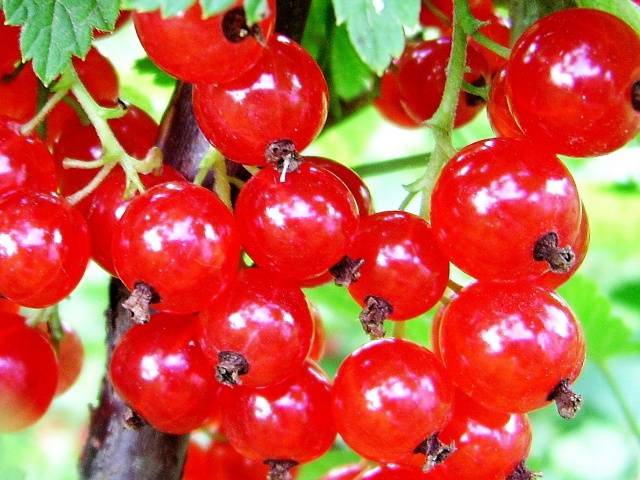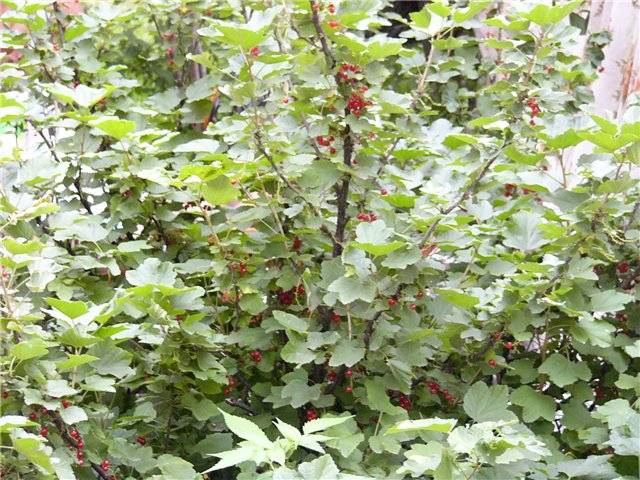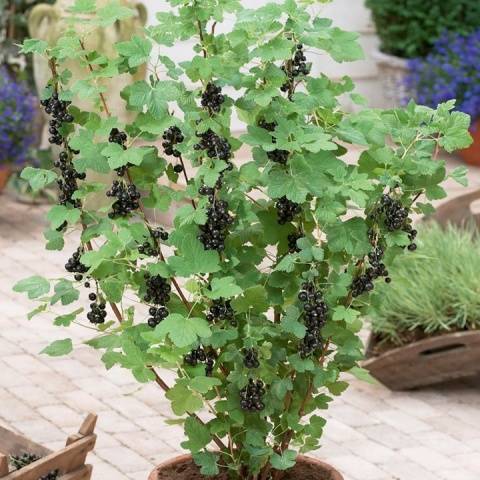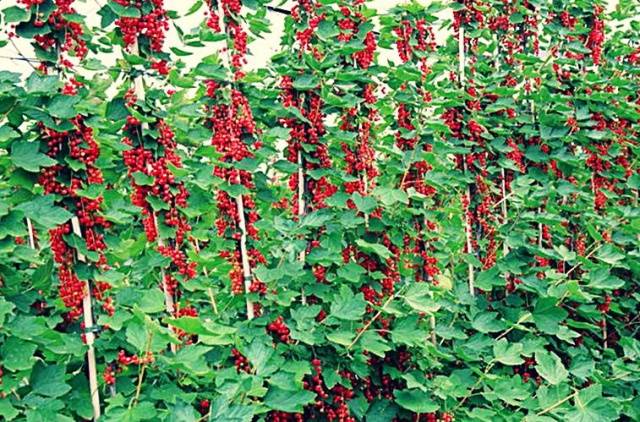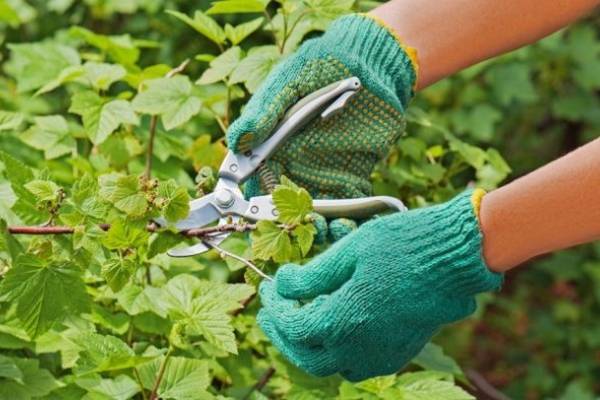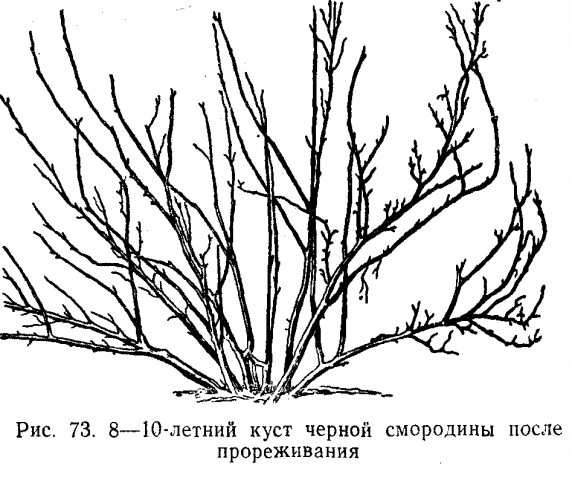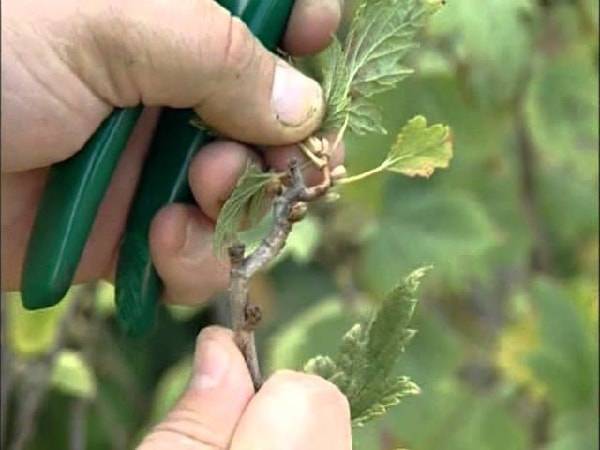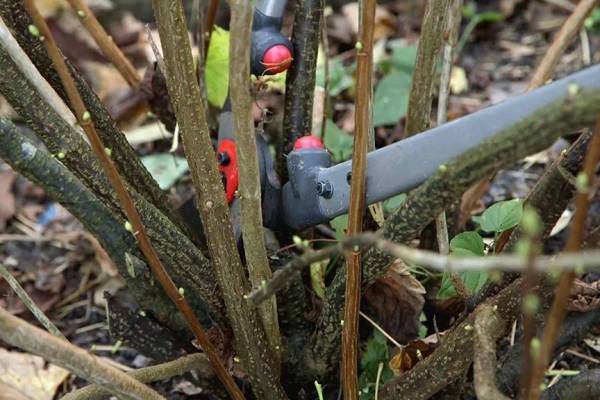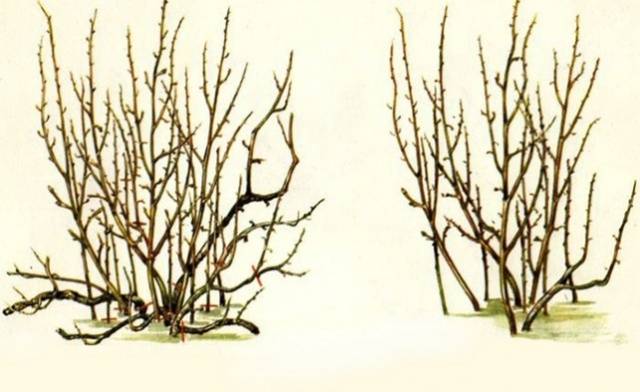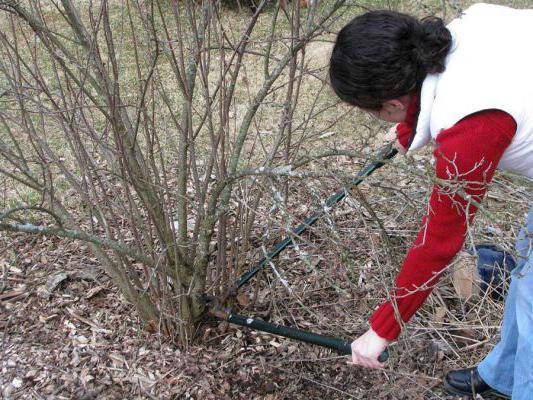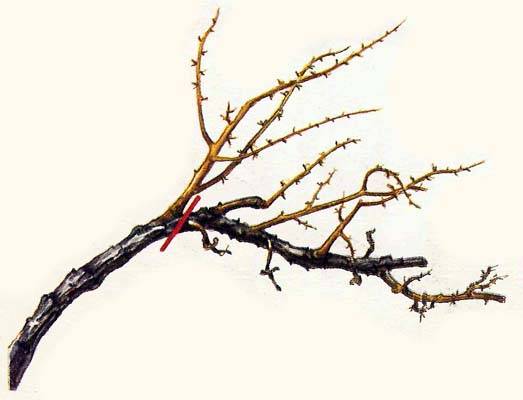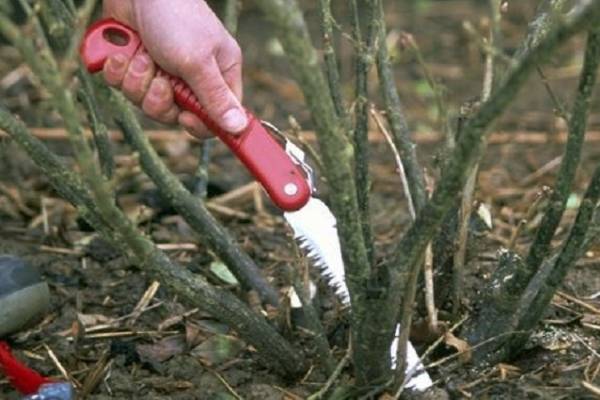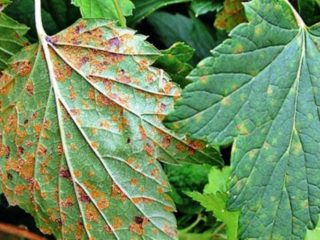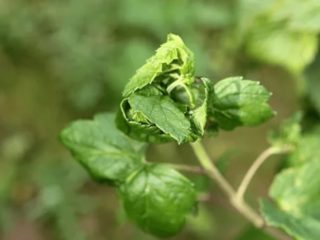Content
If there is a garden or vegetable garden on the site, currants will definitely grow there. Black, red, white, and recently even pink berries can be eaten by picking them straight from the bush and frozen. And how many preserves, jams, compotes with currants the average person eats in his life! And it's very good that the berry is not only tasty, but also healthy. In order to list all the vitamins, trace elements, pectins and other useful substances contained in the currant, or diseases for which it is able to alleviate, you will need a separate article.
Do you know that this berry has been growing next to us in the wild since ancient times, just nobody paid attention to it because of the sour taste and small berries? For the first time, they started talking about currants as a medicinal plant. When they learned that its berries are suitable for making wine, the selection of large-fruited varieties with an improved taste and large fruits began. Today, one of our most beloved berries is the currant. Pruning in the fall, rejuvenation of the old bush, the scheme of which will be discussed in detail will be the topic of our article.
Why cut currants
In order to get a good harvest, any plant must be properly cared for. For both black currants and red, annual pruning is part of a set of measures to ensure its health, abundant fruiting and long life.
Carefully groomed bushes grow and bear fruit in one place for up to 30 years, but if you let their development take its course, the life span will be reduced to 15, the harvest will be poor, the berries are small. In addition, even what grows on old uncut currants will be difficult to collect due to tangled branches. A thickened berry is a breeding ground for diseases, it is difficult to control pests in it. And looking at unkempt bushes is unpleasant.
When is it better to cut currants
In autumn and early spring, you can prune currant bushes. Just before the onset of frost, gardeners have more time. Autumn thinning of the bushes begins when the temperature has dropped, the growth processes have slowed down, and the leaves, if they have not fallen, have already turned yellow.
In the spring, you need to have time to cut the currants before the start of sap flow, and she wakes up early, often when the snow has not melted yet. If you do not have time, the branches "cry", not as much as grapes, but this will not lead to an increase in yield, and it will not add health to the plant. In addition, in the spring there is a lot of other work, to do pruningthat could have been successfully completed in the fall is a waste of time and effort.
Types of currant pruning
Strictly speaking, all types of pruning are included in the comprehensive care of berry bushes. You cannot say: "Today I carry out sanitary measures, and tomorrow - formative ones." Most often, red and black currants are rejuvenated at the same time, saved from diseases, and given the desired shape to the crown. It's just nice to know for what purpose you are cutting this or that branch. In addition, during the growing season, it is often necessary to interfere with the natural development of currant bushes.
Sanitary pruning
Black currant usually gives a lot of growth, forms a rambling, strongly branching bush, moreover, it is often sick.If we do not remove the weak, broken, overlapping branches affected by fungi or pests, then soon we will see an untidy plant with tangled shoots and a meager harvest of sour small berries.
Red currants do not branch as much and give less zero-order gain, but they also need sanitary pruning. Sick branches removed in time do not allow lichens and fungi to infect the entire plant. Thickened branches are easily affected by pests.
Formation of bushes
In order to get a good harvest, the bushes do not have to grow as they have to. It is necessary to form them so that the berries are well lit, ventilated - their taste and size directly depend on this. Pick a specific shape, then trim the currants accordingly.
It is often advised to shape the bush into an open bowl. This will not only be well lit, but also easier to harvest. Usually, the natural spreading shape of the black currant bush makes it easy to give it exactly the shape of a bowl. The situation is somewhat different with white, pink or red varieties. Not always, but very often their crown has a compact shape, so you will have to work hard to cut it in the form of a bowl. Is it worth it? Follow nature, shape the bush into a cone.
The desired shape of black or red currant is achieved by cutting. You can even form it on a tapestry, but this requires a certain skill.
Spring pruning
In the spring, it may be necessary to pick up a pruner, even if you cut the currants in the fall. Repeated sanitary measures are carried out: all broken by bad weather and frozen branches are removed.
Summer pinching
Sometimes, for one reason or another, currants produce a large amount of young growth on old branches. This happens most often if you overdid it with fertilizers in the previous year. In order to provide air and light access to the berries, as well as to prevent the development of diseases, it is necessary to carefully pluck the green twigs thickening the bush, without waiting for the autumn pruning.
Broken or diseased shoots will have to be removed regularly during the growing season.
Anti-aging pruning
In fact, any pruning rejuvenates the currant, as it stimulates the formation and development of young shoots both at the base of the bush and on old branches. Here we are talking about the formation of a plant that bears fruit abundantly and on all shoots. Bushes over five years old need to be rejuvenated annually by removing all fertile branches. They only draw nutrients from the plant, thicken it, are a breeding ground for diseases and a refuge for pests.
If you have properly looked after the currants from the moment of planting, then rejuvenating pruning will be easy to do. But since the bushes grew by themselves or you purchased a plot with a neglected berry, you have to work hard.
Do you need to pinch or shorten the tops
This burning question is of interest to both beginners and experienced gardeners. Let's look at it separately for black and red currants. Here you need to know the features of each.
Black currants form berries mainly on the top of the bush. Its fruits live for 2-3 years, then die off, therefore, either young branches or a one-two-year growth of old ones are fruitful. It is located not inside the bush, but on its periphery. In addition, black currants branch well. By pinching or cutting off the ends of young twigs, we, firstly, lose part of the crop, and secondly, we strengthen the already excellent branching of the bush. And then we heroically remove the excess growth during sanitary or shaping pruning.
Red currant branches less, it has little overgrowth, and the crop is evenly distributed over the bush.But is it worth it to stimulate the formation of new shoots from scratch, if there are enough old ones? This is appropriate only if the branches do not give lateral growth, due to which the harvest suffers, or the bush has grown to such a height that it is difficult to pick berries.
Naturally, all pest infested tops are removed. Especially often they are deformed by aphids, laying eggs in young growth.
Anti-aging pruning technique
All currant bushes need rejuvenation, black - from the fifth year of life, red and white - from the sixth to the eighth. It consists in removing old skeletal branches. It is at this age that the shoots lose productivity and significantly reduce the yield or, in general, stop bearing fruit.
The best time to carry out anti-aging pruning is a fine autumn day, when the currant leaves have already flown around. It must be completed before the onset of frost.
Prepare your garden pitch and clean, sharpened currant pruning tools:
- secateurs - regular and ratchet;
- lopper;
- hacksaw.
The further scheme of actions will depend on how the bushes were taken care of in previous years.
Rejuvenating well-groomed bushes
If you carried out sanitary pruning on time, left only 4-5 strongest zero shoots annually, formed the bush correctly, then currant rejuvenation will not present absolutely any difficulties. Even an inexperienced gardener can easily do it.
The photo clearly shows the difference between branches of red currants of different ages.
You just need to cut off the old (five-year-old in black currant and six to eighth year in red) branches right at the surface of the ground with a pruner or hacksaw, trying not to leave hemp. Most importantly, do not forget, rejuvenating currant bushes, process the wound surface of the shoots with garden pitch.
Rejuvenating neglected bushes
Unfortunately, things are not always as simple as described in the previous paragraph. Very often we neglect sanitary measures and wake up only when currant rejuvenation becomes not a planned event, but a forced measure. It simply stops bearing fruit or produces a meager harvest of small berries.
Currant bush before and after pruning
Sometimes we bring the currants to such a state that it is simply impossible to bring it back to normal in one year. The consolation is that, once faced with the problem of rejuvenating pruning of a neglected bush, gardeners are trying to prevent such a situation in the future.
But whatever the reason for the deplorable state of the currants, the situation needs to be corrected. The algorithm for rejuvenating neglected bushes has been worked out for decades. Below we will provide a scheme of actions.
- Assess the general condition of the currants. If, despite a poor harvest, the bush is strong, healthy, zero shoots are powerful, then rejuvenating pruning can be done in one go. With a general depression of the plant, weak growth or its complete absence, it may take several years for the currant to recover. Only bushes of reproductive age rejuvenate. Up to 30 years old, currants live exclusively with good care. A careless attitude cuts this period in half. You know the age of your plants better and you can independently determine whether it is worth saving a bush or planting a new currant in the fall.
- Evaluate the quality and quantity of zero-order shoots.
- Mark 2-3 well-developed, well-placed old branches that you want to keep. Start removing the rest, starting with those that are easier to reach. This is where a long-handled lopper with a powerful blade is especially appropriate. When a neglected currant bush is rejuvenated, they do not think about the height of the hemp. You can trim it to the desired level later. Do not forget about the stumps, since if their height is more than 3 cm, tops can form - unproductive fast-growing shoots that deplete an already weakened currant bush.
- If you have selected at least a few strong branches of the zero order, you can trim off all skeletal branches, except for the intended ones. In the absence of a well-developed shoot, leave another 2-3 old shoots, cutting them off to a strong lateral branch located in the lower part of the currant bush. In case of damage with glass, make a cut lower, or select another branch.
- Remove any diseased, broken, growing inward or lying on the ground shoots from the currant bush. Basically, you need global sanitary pruning. Only remove no more than a third of the bush, as it may not be possible to rejuvenate it in one year. Continue next fall, but you will see the first positive results in the spring.
Watch a video that demonstrates an easy way to crop:
Conclusion
There is nothing difficult in the rejuvenation of currants, especially if they were cared for systematically. Good luck and good harvest.
